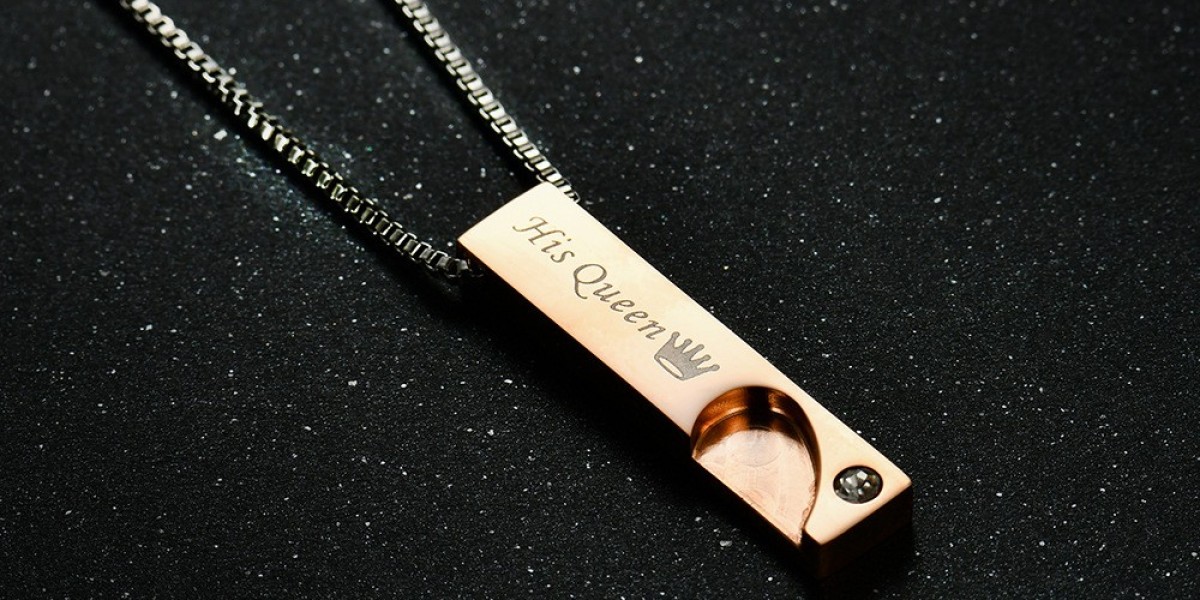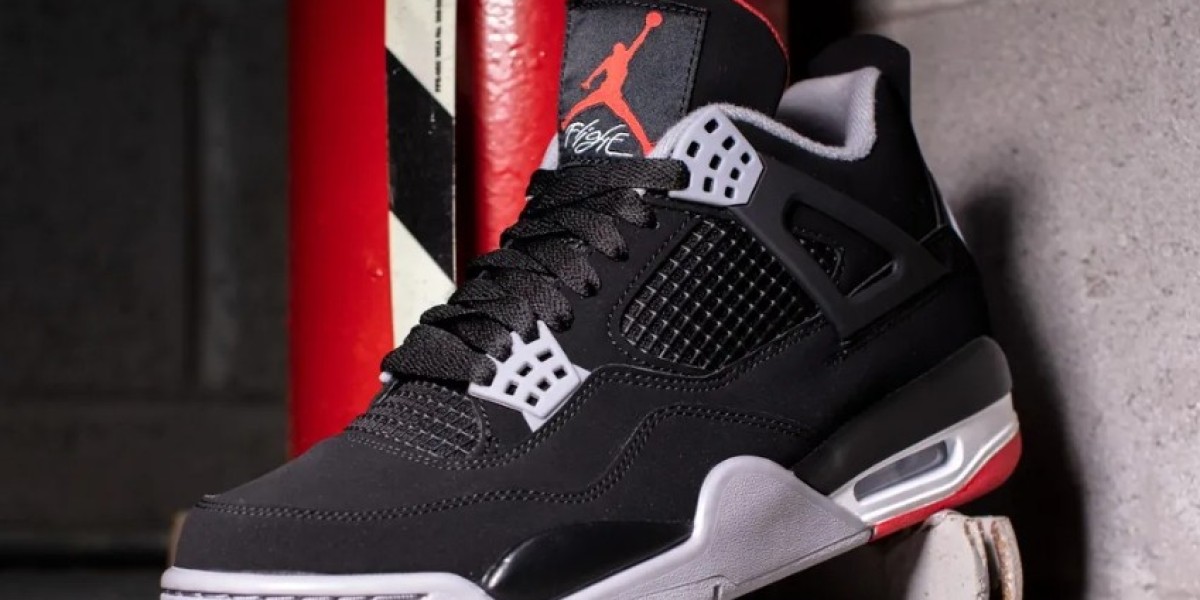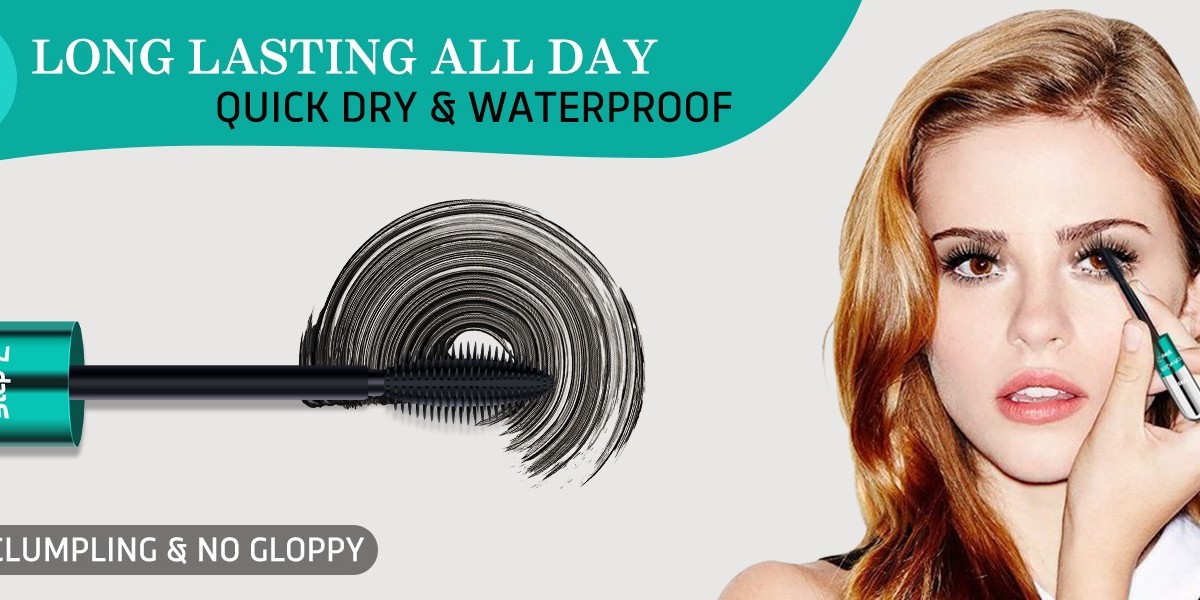You're looking for Couple Necklace made of puka-shell and you're presented with several choices at different costs. How can you tell which is the real thing? Here's how you can tell if a puka shell pendant is authentic.
Texture and feel: Genuine puka shells have a certain roughness that fake, machine-made ones don't possess. They should feel natural to the touch, showing the wear and tear of marine life.
Color Variations: Authentic puka shells may not be uniform in the color. You should see subtle variations in hue, which lend the necklace its unique particularity. Fakes are often a monotonous, unnatural hue.
Shape Puka shells are formed by the ocean's currents in the most unique, irregular form. Fake shells are generally standardized and have an unnatural form.
Weight: Genuine pukas are substantial, but not too heavy. Plastic or resin imitations are likely to feel light or feel unusually heavy.
Holes: In real puka shells, the holes are naturally occurring and irregularly shaped. Shells that are made contain holes that are too round or clean-cut.
The Smell Test The smell test may seem odd, but authentic puka shells often carry an oceanic scent. Fakes, particularly plastic ones, will smell artificial or chemical-like.
The Science Behind Puka Shells - More than is what you see
Did you know that Matching Jewelry are fascinating in terms of science? Be ready for a dive, because we're going deep.
Puka shells consist of the inner cores of cone snail shells. Over time water and sand reduce the shell to leave only the core.
Ecological role: In addition to their beauty, puka shells play a part in marine ecosystems. They provide habitats for marine creatures and are a source of biodiversity.
Chemical Composition: Puka shells are primarily composed of calcium carbonate which gives them their characteristic strength and durability. Some shells contain traces of minerals which give them their distinctive colors.
Environmental Impact: According research the unwise harvesting of puka shells can have a negative impact on marine environments. Choose shells that are sustainably harvested to minimize your environmental footprint.
The Power of Age: Some puka shells are thousands of years old! The age of a shell may affect its texture and color which adds another layer of allure to your necklace.
Fascinating, Isn't It? Science has enhanced the fascination of puka shells, transforming what could be thought of as an unimportant accessory into a marvel of nature design and ecological significance.
Celebrity Puka Addicts: Who's Wearing The Style?
You're not the only one fascinated by puka shell necklaces. A number of celebrities have been seen sporting this trendy accessory. Here's who's making the puka shell a red-carpet event.
Jason Momoa: Well-known for his rugged looks and love of the ocean, Momoa is often seen wearing pukashell necklaces that add a natural flair, to his unique style.
Zac Efron the actor who is known for his heart, was recently photographed wearing a puka-shell necklace to give his casual outfits more relaxed cool.
Gigi Hadid says that women too love them! Supermodel Gigi Hadid was seen wearing a puka-shell necklace, proving the accessory transcends gender barriers.
Shawn Mendes is another celeb who has embraced the puka fashion. He has a convincing case for the trend's appeal to younger generations.
Lenny Kravitz: The rock star opts for a layered puka shell look, combining it with other necklaces to create a truly eclectic style.
Leonardo DiCaprio: Even the Oscar winner couldn't resist the allure of puka shells. Leo was seen wearing one during a beach outing and it was the perfect complement to his laid-back style.
Search
Popular Posts








